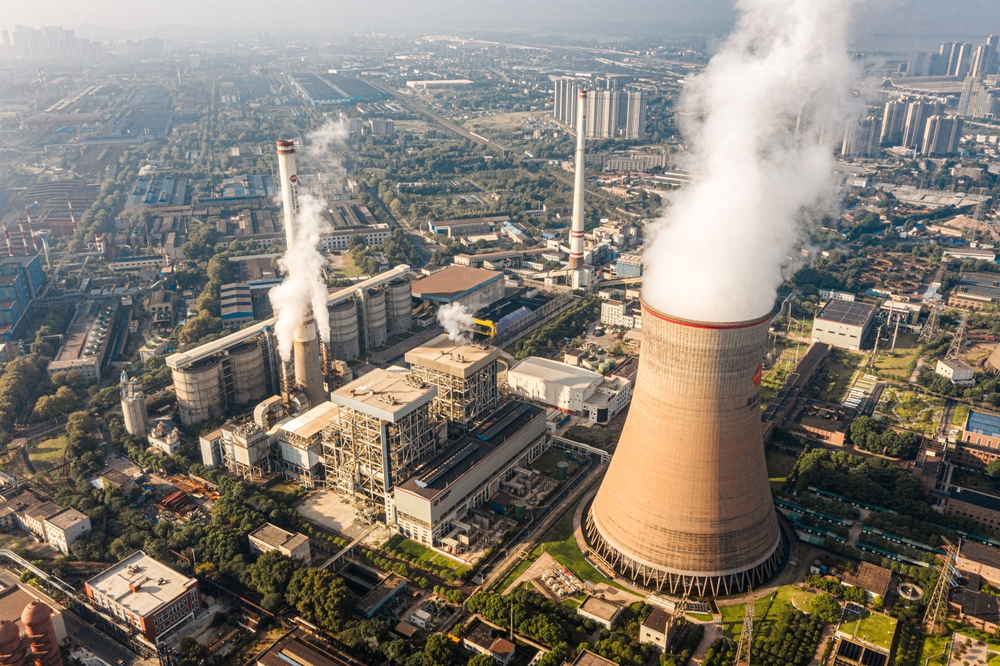
Nuclear Energy Now – 7/25/25
Nuclear Energy Now tracks the latest nuclear energy developments across technology, diplomacy, industry trends, and geopolitics.
SMR Momentum is Growing, But the World Can’t Fuel Them Yet
Small modular reactors (SMRs) have received an enormous amount of interest as a potential solution to rising electricity demand, energy security, and global decarbonization goals, and the Nuclear Energy Agency’s Small Modular Reactor Dashboard details how that interest is translating into real designs and development activity. There are now 127 SMR designs worldwide, up from 98 in the previous edition. But perhaps most importantly, there has been an 81 percent increase in the number of designs that have secured at least one funding source, with private investment coming particularly from big tech’s newfound interest in nuclear energy as a means to power energy-intensive artificial intelligence operations. Regulatory engagement has also picked up speed, with 33 designs beginning pre-licensing activities in 2024. Fuel readiness, however, is delaying SMRs’ steps forward, as over 60 percent of the SMRS detailed in the dashboard plan to use fuels that are not commercially available. While SMR development is moving in the right direction, its success will ultimately depend on governments and developers closing the gap on fuel fabrication, licensing frameworks, and deployment models.
America’s Nuclear Fuel Industry is Getting a Boost
Following the establishment of an Energy Reactor Pilot Program in June, the US Department of Energy (DOE) has launched a new Fuel Pilot Program to help fast-track the development of a domestic nuclear fuel supply chain to deploy advanced nuclear technologies, many of which plan to use high-assay low-enriched uranium (HALEU). This program will support the objectives of the Prohibiting Russian Uranium Imports Act, which was passed last year, and is in line with President Donald Trump’s executive orders on nuclear energy. Given that domestic fuel production in the United States is currently insufficient to meet anticipated demand, the program aims to accelerate commercial licensing by allowing companies to build and operate fuel production lines using DOE’s own authorization procedure. If successful, this strategy could serve as a new model for balancing innovation, national security, and regulatory oversight in America’s nuclear renaissance.
Japan Takes First Step Toward New Nuclear Construction
In the 14 years since the nuclear reactor meltdown at Fukushima, Japan has not built any new nuclear reactors. However, this may soon change, as Kansai Electric Power, which operates seven of Japan’s nuclear reactors, announced plans to resume a survey of whether a new reactor could be built at the Mihama nuclear power plant. This move follows the government’s February update to the Basic Energy Plan, setting a goal of 20 percent electricity from nuclear energy by 2040. While this is still short of nuclear energy’s 30 percent contribution to the country’s energy mix prior to the Fukushima disaster, it marks a clear shift in tone. Surging electricity demand from AI data centers and semiconductor manufacturing is also giving nuclear a new lease on life. While the public remains skeptical, especially given Japan’s seismic risk and history with nuclear weapons, Kansai’s decision could be a bellwether for whether the country can navigate regulatory, social, and logistical hurdles. Any new reactor could take up to two decades to complete, but for the first time in over a decade, Japan is once again talking about building—not just restarting—nuclear plants.
Fusion Energy Sees Record Investment
Fusion power is often considered the holy grail of sustainable energy, able to address today’s global energy challenges by providing constant power. And momentum in fusion development is accelerating, as governments and commercial players ramp up investments. Earlier this year, Europe and China took turns breaking the world record for the longest plasma reaction maintained, and in July, China launched China Fusion Energy Co., a new $1.4 billion subsidiary of the China National Nuclear Corporation (CNNC), to support the commercialization of fusion technologies. Meanwhile, Japan’s Helical Fusion raised $15 million to support a fusion pilot plant that could produce 50–100 megawatt electrical (MWe) by 2040. In the United Kingdom (UK), the government unveiled the world’s first fusion-specific planning rules, putting fusion projects on par with solar, wind, and fission under the Nationally Significant Infrastructure Project regime. It also committed over $3.4 billion to fusion research and development, including the Spherical Tokamak for Energy Production (STEP) program, which is set to begin operating by 2040. On the technical side, the UK Atomic Energy Authority is advancing remote maintenance technologies for fusion reactors through the Fusion Futures program. All of this coincides with the largest growth of global funding since 2022, with nearly $2.7 billion invested in fusion since July of last year. While commercial fusion remains years, if not decades, away, new investments, active policy making, and research and development point to how seriously governments and investors are thinking about the future, addressing energy security, and meeting climate goals.
About the Author: Emily Day
Emily Day is an experienced researcher, writer, and editor with expertise in geopolitics, nuclear energy, and global security. She is an Associate Editor of Energy World at The National Interest and a Research Associate at Longview Global Advisors, where she provides insights on global political and economic trends with a specialization in utilities, risk, sustainability, and technology. She was previously a Della Ratta Energy and Global Security Fellow at the Partnership for Global Security.
Image: Wirestock Creators/Shutterstock
The post Nuclear Energy Now – 7/25/25 appeared first on The National Interest.
















